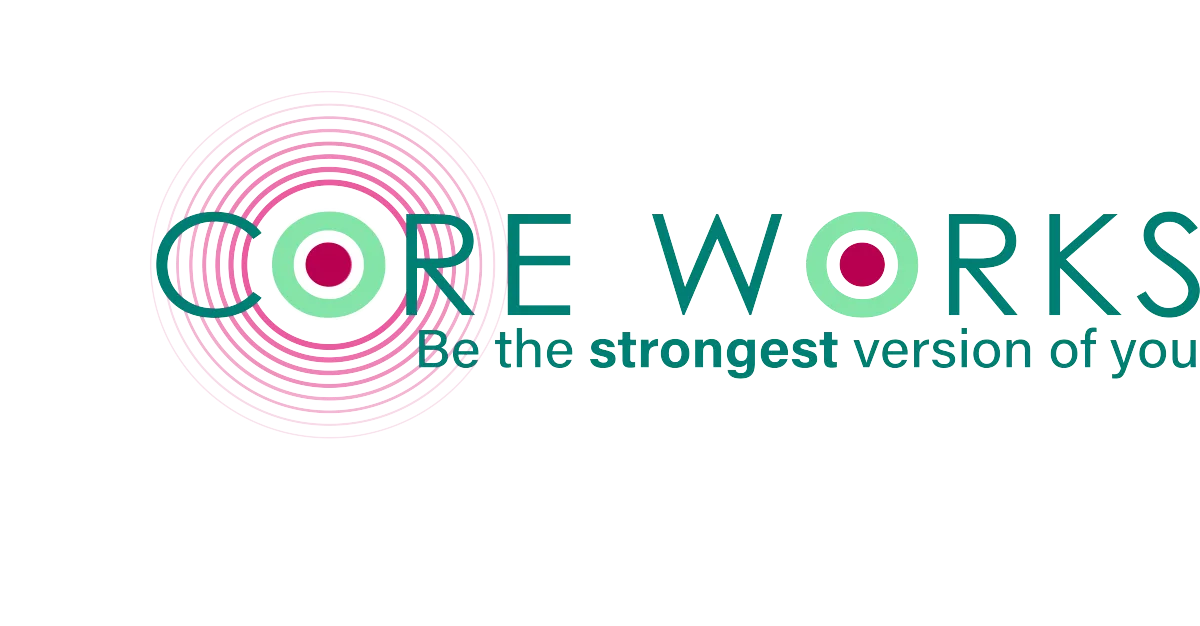
How Pilates can help manage osteoporosis, especially in post-menopausal women
Osteoporosis is a bone disease that develops when bone mineral density and bone mass decreases, leading to an increased risk of fractures. It isn’t fatal and won’t change your life expectancy, but the increased risk of fractures can lead to complications that can.
Osteopenia is low bone density. Osteopenia means the person’s bones aren’t as strong as they should be, but they are not in full-blown osteoporosis yet.
Osteoporosis and osteopenia can be caused by many things, but some of the causes are reduced intake of calcium, being underweight, and is often triggered by the lack of estrogen in menopause. Smoking and heavy drinking can also lead to decreased bone health.
Men and women can both get osteoporosis, but women are four times more likely than men to get it because of a decrease in estrogen after menopause.
Osteoporosis and Osteopenia do not cause pain and often people don’t know they have it. Osteoporosis is not reversible, but medication, a nutrient-dense diet and weight bearing exercise, like jogging, dancing and even walking can help prevent further bone loss.
Using Pilates to help manage osteoporosis
Pilates is an excellent exercise choice for people with osteoporosis, however, there are modifications that are required. Any type of excessive flexion (think roll ups or sit ups) and twisting movements aren't a good choice for people with osteoporosis, because it can put too much strain on the spine, potentially causing a fracture.
For this reason, traditional Pilates mat work isn’t the best choice as the repertoire is heavy on loaded flexion. That said, people need to have functional movement for a good quality of life. They need to be able to complete daily tasks like sitting up in bed, using the oven, gardening, picking up their groceries, pets, children or grandchildren.
In the Pilates studio you can train in a safe and supportive environment and achieve your best functional movement.
The wonderful thing about the Pilates equipment in particular is that it’s supportive. This makes modified exercises on the equipment bone friendly and safe for people with osteoporosis. We can introduce exercises on the equipment that can help people increase full body strength in their daily activities and learn how to move in a way that does not compromise the integrity of their spine.
In the Pilates studio we can still work on strengthening the abdominals, but use the equipment to train in a hinge position instead of a round-back position. Instead of a traditional roll up, we teach how to hinge from the hips and co-contract the abdominals and back together to support the spine. We can work on hip and leg strength and teach you how to incorporate a hip hinge with a neutral spine when bending down to pick something up.
All of this and more can be done in the Pilates studio along with the added benefits of improved coordination, postural improvements and better balance. If you have Osteoporosis and you’d like to see if our Pilates classes are a good fit for you, click here to sign up for a free 30 minute consultation.

